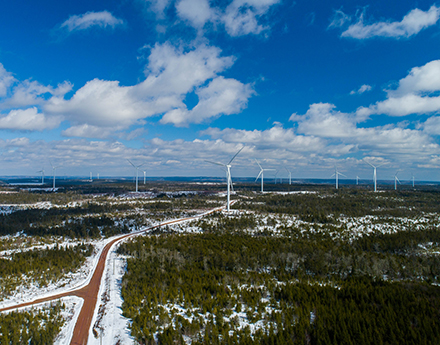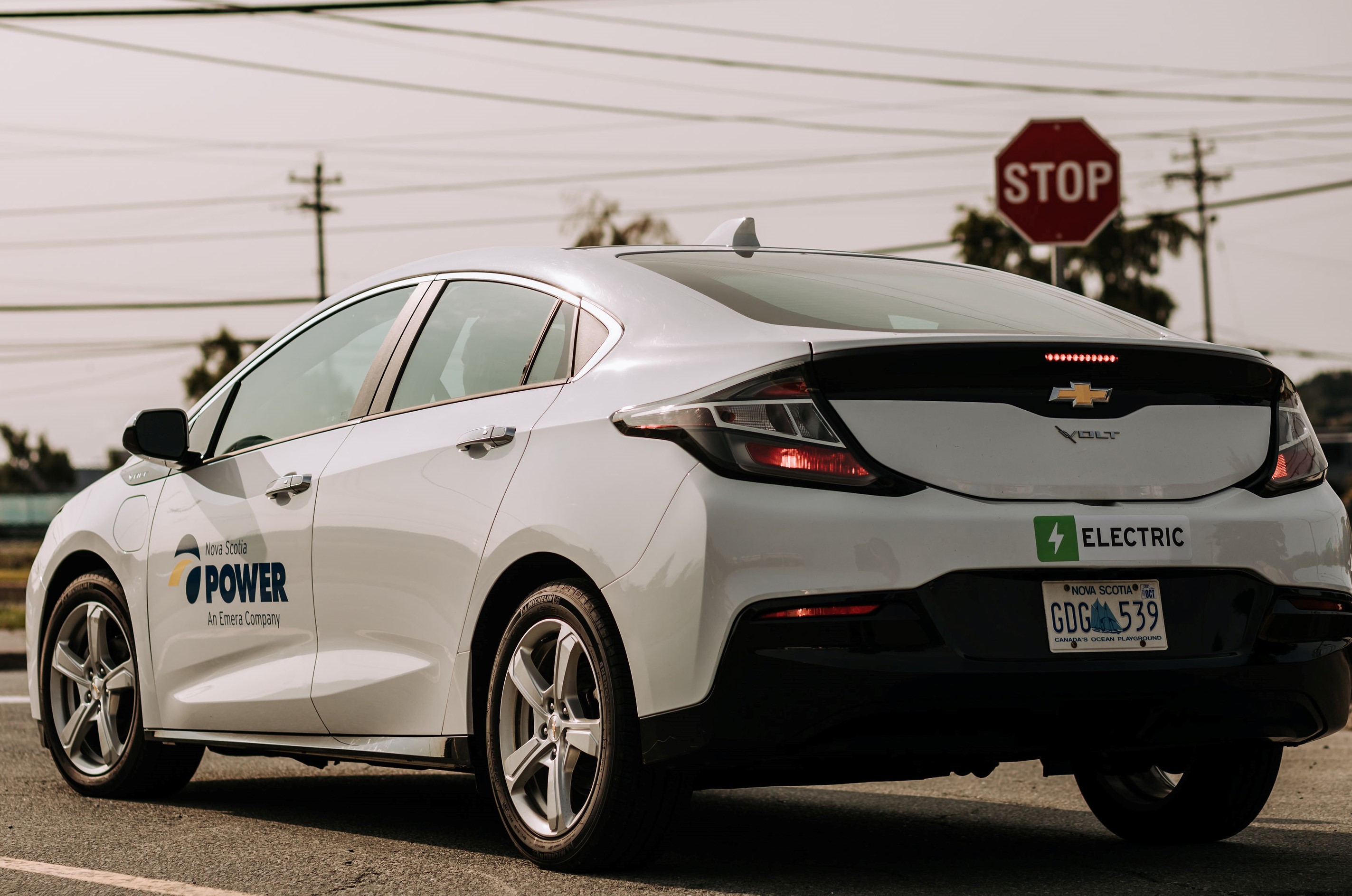Battery storage is powering our renewable energy transition
Batteries are all around us—from our phones and laptops, to our cars and even our homes. Battery technology has come a long way, and shows no signs of slowing down. In fact, this decade has been called “the battery decade”.
As battery innovation has progressed, energy providers have been looking to batteries as a solution for bringing more renewable energy like solar and wind to the grid. Here in Nova Scotia, we’ve been testing the impact of battery technology through the Intelligent Feeder Project in Elmsdale, Nova Scotia. And we’re expanding our learning even further.
We spoke with Smart Grid Engineer, Rob Boone, about how batteries are changing the energy industry and playing a role in Nova Scotia’s clean energy transition.
Why are we exploring battery storage in Nova Scotia?
Lithium-ion battery technology has seen some major advancements in the last decade. We’ve learned so much from using this technology in electric vehicles—and with that industry growing so rapidly, it has meant battery storage has become more advanced and more affordable for energy providers—and in turn for customers, too.
Batteries offer a path for us to use more renewable energy. And here in Nova Scotia, that’s a huge priority as we're working towards generating 60 per cent of our electricity from renewable sources by 2022.
How do batteries help us bring more renewables to the grid?
Up until now, we’ve only been able to use wind and solar energy when the wind is blowing or the sun is shining. But with batteries, we can store excess generation from these intermittent energy sources so it can be used later.
For example, we often have windy nights here in Nova Scotia. The problem is, demand for electricity overnight when most of us are sleeping is very low. With batteries, we can store that wind energy to be used the next day when we need it.
How will this impact customers?
When it comes to integrating battery storage into our electrical system, we have two options:
- we can install a large-scale, grid-sized battery in a single location that serves one community; or
- several smaller batteries in homes across the province.
We’ve already successfully explored large-scale battery storage through the Intelligent Feeder Project in Elmsdale. Through the Smart Grid Nova Scotia pilot, we're installing up to 150 batteries in customers’ homes to learn how distributed batteries can provide value for our electrical system and for customers. These batteries will communicate with our control centre, allowing us to store and use renewable energy as needed.
On the customer side, when you participate in the pilot, you’ll enjoy the reliability benefits that come with battery storage. In the event of a power outage, your battery will kick in and keep the essentials running in your home. And on top of that, you’re helping bring more clean energy to the grid.
How do you envision batteries playing a role in the grid of the future?
I see a future where you could be charging your electric vehicle and a battery in your home, using only energy generated from solar or wind farms. Battery storage has the potential to change the way we deliver energy. It will help us reach 80 per cent renewable energy and phase out coal by 2030.
For more information on the battery storage pilot program, visit nspower.ca/smartgridNS.
Share This Post:





